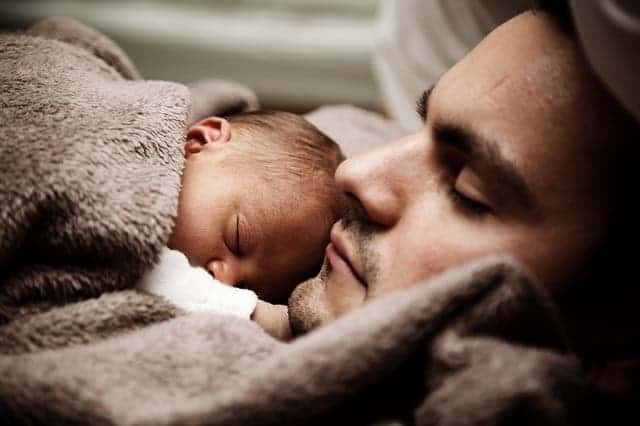You may look more like your mom or more like your dad, but technically, you inherit equal amounts of genetic information from both; however, a new study has shown that you (and all mammals for that matter) are genetically more like their dads. If that sounds a bit confusing… well, it is. Specifically, although we inherit equal amounts of genetic mutations from both our parents, the mutations that make us who we are and not some other person actually ‘use’ more of the DNA that we inherit from our dads.
The research has significant implications for treating several genetic diseases, but also for research models and some psychological studies. For instance, when conducting research on mice, scientists don’t take into consideration whether specific genetic expression originates from mothers or fathers, which may actually influence the results of the research.
“This is an exceptional new research finding that opens the door to an entirely new area of exploration in human genetics,” said Fernando Pardo-Manuel de Villena, PhD, professor of genetics and senior author of the paper. “We’ve known that there are 95 genes that are subject to this parent-of-origin effect. They’re called imprinted genes, and they can play roles in diseases, depending on whether the genetic mutation came from the father or the mother. Now we’ve found that in addition to them, there are thousands of other genes that have a novel parent-of-origin effect.”
These genetic differences can actually carry a significant impact on many conditions, including type-2 diabetes, heart disease, schizophrenia, obesity, and cancers. Studying them in genetically diverse mouse models that take into consideration the sex of the mutation may lead to an improved understanding of how they affect us.
Gene expression connects the DNA to proteins, which in turn regulate hormones and carry out various crucial functions inside our cells. Any mutation can have huge impacts on health.
“This type of genetic variation is probably the most important contributor — not to simple Mendelian diseases where there’s just one gene mutation [such as cystic fibrosis] — but to much more common and complex diseases, such as diabetes, heart disease, neurological conditions, and a host of others,” Pardo-Manuel de Villena said. “These diseases are driven by gene expression, not of one gene but of hundreds or thousands of genes.
The fact that this impact can be carried across hundreds of genes and in turn, regulate countless proteins adds a new degree of complexity to animal-model studies. For now, it’s not clear if not taking this into consideration may have actually affected the results of previous studies.
“This expression level is dependent on the mother or the father,” Pardo-Manuel de Villena said. “We now know that mammals express more genetic variance from the father. So imagine that a certain kind of mutation is bad. If inherited from the mother, the gene wouldn’t be expressed as much as it would be if it were inherited from the father. So, the same bad mutation would have different consequences in disease if it were inherited from the mother or from the father.”
Journal Reference:
- James J Crowley, et al. Analyses of allele-specific gene expression in highly divergent mouse crosses identifies pervasive allelic imbalance. Nature Genetics, 2015; DOI: 10.1038/ng.3222










